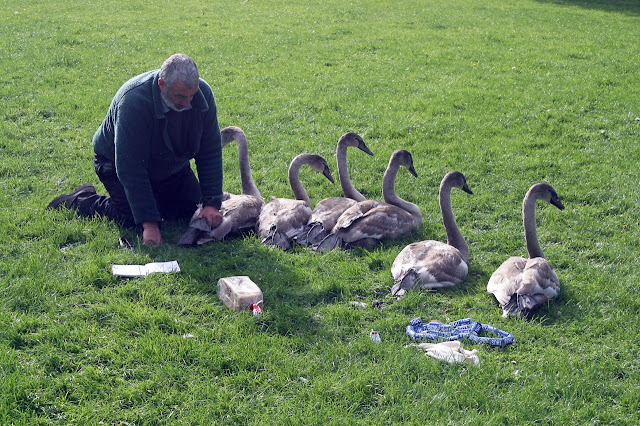Whilst out ringing Dippers recently, as a (very) temporary addition to BTO staff, I ringed our 500th Dipper of the year! This is something we have never achieved before and shows the increase in the scale of our Dipper project. Congratulations to Paul, Lloyd, Vince and Bryan who all played a part in this mighty achievement. This bird, or one very close to it, was also the 100,000 bird to be entered onto my IPMR database.
The database details birds ringed, retrapped or controlled on my permit since I became a 'C' ringer back in August 1980 (but is not yet complete as I still have to enter historical data for all birds ringed in 1981 - 1986!)
Notable new bird species totals (reflecting our specific projects) include:
(figures in brackets are % of British and Irish all-time total 1902-2012)
Little Egret 337 (38.6%)
Chough 2,955 (37.9%)
Chough 2,955 (37.9%)
Red Kite 2,621 (32.9%)
Raven 2,821 (20.2%)
Woodcock 1,803 (12.5%)
Hawfinch 277 (11.5%)
Golden Plover 608 (8.0%)
Whimbrel 204 (7.1%)
Dipper 3,892 (5.1%)
Little Grebe 65 (3.9%)
Nightjar 223 (3.6%)
Pied Flycatcher 7,612 (1.2%)
Doesn't bear thinking what I might have achieved with all that time and money if I hadn't been introduced to bird-ringing at school!











